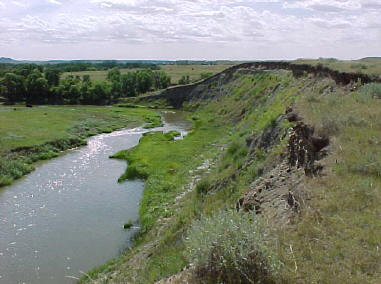
Over the course of this last week, I spent a lot of time driving. I helped a friend move from Chicago to Eugene, Oregon, and we drove his car through Illinois, Wisconsin, Minnesota, North and South Dakota, Wyoming, Montana, and Idaho—stopping to camp and climb rocks along the way. Although we tried to take as many scenic routes as we could, we still managed the whole trip in under a week, spending many of our days barreling down asphalt-paved roads at break-neck speeds in a Nissan Juke.
Our travel conditions were significantly different than those of John Bradbury, the Scottish botanist whose 1817 travelogue “Travels in the Interior of America” I have been reading this week. In spring of 1811, Bradbury departed from St. Louis with Wilson Hunt and other members of the Pacific Fur Company (ultimately destined for Oregon) and headed up the Missouri River to present-day South and North Dakota. Although Bradbury’s primary concern was the collection and description of new plant species, he also records in his account the difficulties of early 19th century travel and his party’s encounters with native Americans and other exploring parties along the way.
Despite mounting tensions between the Americans and British which will come to a head in the War of 1812, Bradbury has no trouble ingratiating himself into the exploring party of the Pacific Fur Company and provides an outsider’s perspective on his American and Canadian travel companions. In some instances, he seems downright impressed with the behavior he observers: “In no part of the world is good neighbourship found in greater perfection than in the western territory, or in America generally.”
This observation does not extend merely to Americans of European descent, however. As the excursion’s botanist, Bradbury takes a great interest in the botanical knowledge and medicinal customs of the many native American villages he encounters along the way. He writes, “No people on earth discharge the duties of hospitality with more cordial good-will than the Indians.” Although the account is still full of familiar notions of American violence and treachery against European explorers, a significant portion of Bradbury’s account is given to venerably describing his experiences navigating the cultural conventions of the tribes he encountered—mostly the Arikara of modern North Dakota.
Published in 1817, this travelogue was useful not only for botanists, geologist, and other naturalists who were curious about North America, but also for encouraging European emigrants to consider a life in the western territories of rapidly-burgeoning United States.